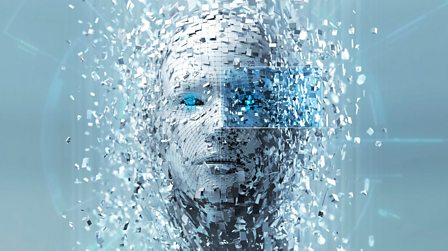The quick development of technology in the modern digital age has created both amazing opportunities and serious obstacles. The emergence of deepfake technology, which has the ability to erode truth, authenticity, and trust in the digital environment is one of the most alarming problems.
What is deepfake technology?
Deepfakes are distorted media that can lead viewers to believe something never happened. They are created using powerful artificial intelligence algorithms. This digitally enhancing technology offers significant hazards to people, companies and society at large as it becomes more widely available and advanced.
There are, however, precautions that can be taken to lessen these dangers and protect the integrity of digital content.
How does deepfake technology work?
Deep learning algorithms are used by deep fake technology to analyse and modify audio and visual input. The artificial intelligence model may produce extremely accurate and convincing fake content by providing the algorithms with a vast collection of actual images and videos. This technology has the power to fabricate videos of famous people, influence political discourse, disseminate false information, and even aid in financial fraud. Deepfakes pose problems that go beyond those related to individual privacy since they can undermine public confidence, thwart democratic procedures, and damage the reputation of organisations and corporations.
Deepfake technology’s emergence brings with it a number of hazards and repercussions that need to be taken into consideration. The loss of authenticity and truth is one of the main worries. Deepfakes can be used to falsify events, statements, or behaviours, making it harder and harder to tell what is real and what has been altered. This can cause disagreements, harm reputations and propagate incorrect information. Deepfakes also have the ability to violate one’s privacy because they can be used to target someone for harassment or slander by fabricating recordings or photographs.
How to avoid deepfake technology threats?
This type of technology requires a multifaceted strategy to avoid threats associated with it. These include policy changes, technological breakthroughs and public education. A few of the possible countermeasures include creating sophisticated detection tools to stop the spread of false information, it is essential to do research and development on AI-powered systems that can recognise and detect deepfake content.
People who are informed about the existence and consequences of deepfakes are better equipped to assess digital information critically and tell the difference between authentic and manipulated media. Enacting laws and regulations that regulate the production and distribution of deepfake content can be greatly aided by governments and legal organisations. The creation of practical solutions and laws to counteract deepfake technology can be facilitated by close cooperation between technology companies, researchers, and policymakers.
Overall, the integrity of digital content and public trust has been seriously threatened by deepfake technology. Individuals, organisations, and society as a whole must be on guard and take precautions to lessen these hazards. However, we can work towards a safer and more authentic digital world where the threat of deepfakes is minimised and the integrity of digital content is preserved by fusing technology breakthroughs, legislative interventions, and public awareness.

Leave a Reply